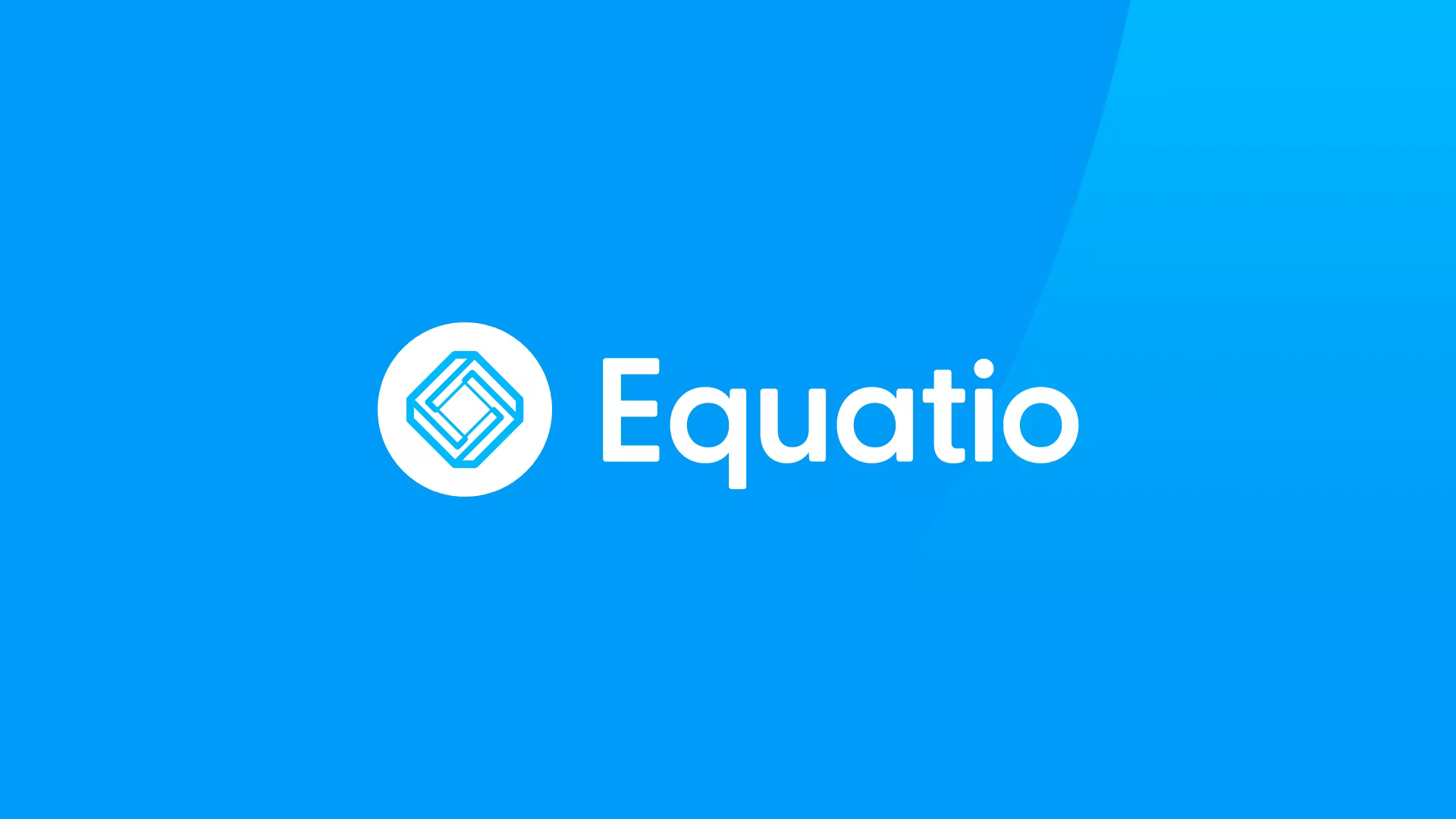Taking Notes vs. Photographing Slides
New research shows that taking notes helps you to remember more from lecture than photographing slides.

A picture isn’t always worth a thousand words.
New research has found that students who take notes outperform students who photograph slides during an online lecture.
Dr. Sarah Shi Hui Wong, an instructor at the National University of Singapore, and the lead author of the paper describes the research on taking notes, explains how the study was conducted, what inspired it, and how she discusses the research with her students.
What Inspired Research on Taking Notes?

“In recent years, we’ve seen many students whipping out their smartphones to take photos of lecture materials,” Wong says. “As educators, we’ve sometimes found ourselves suddenly becoming unwitting celebrities faced with a sea of cameras in lectures.”
Technology has equipped students with more note-taking tools for quickly and conveniently recording information, however, she says, "What’s less clear is how these newer methods actually fare against traditional ones such as longhand note-taking.”
Wong and her colleagues wanted to determine whether students learn better by writing notes, taking photos, or not taking any notes or photos at all, a surprisingly understudied area.
How Was The Research Conducted?
Two hundred college students were recruited as part of two experiments. In both, students were presented with a series of video-recorded lectures and were randomly assigned to either write notes, take photos using their smartphone camera, or not take any notes or photos.
Tools and ideas to transform education. Sign up below.
“The lectures comprised PowerPoint slides with audio narration, much like how many online lessons are delivered,” Wong says. “Before the lectures, we told all students that they would later be tested on the material. All students were also informed of and provided with a review opportunity before the test. This was important because students often take notes or photos precisely so they can revisit them later when preparing for an exam.”
After watching the lecture, note-takers reviewed their handwritten notes, photo-takers reviewed their photos, and students who didn’t take notes were given exact printouts of the lecture slides to review.
“Since photos and printouts would only contain information that had been visually presented on the slides, we ensured that the audio narration in the lectures overlapped closely with the onscreen content, so that photo-takers and no-note-takers wouldn’t be unfairly disadvantaged,” Wong says. “After the review opportunity, the students were tested on their recall of the lecture content by typing as much as they could remember. This typing procedure ensured that all students did the test using a medium that was different from what they had used during the lectures. Otherwise, a pen-and-paper test may unfairly favor note-takers who had similarly studied the lectures by writing notes.”
What The Research Found
“Across both experiments, we consistently found that note-takers remembered more information from the lectures than photo-takers or no-note-takers,” Wong says. “In fact, photo-takers performed just as poorly on the test as their peers who didn’t take any notes at all.”
Wong adds, “The longhand advantage occurred even though note-takers only managed to write down about 50% of the lecture content in their notes, whereas photo-takers and no-note-takers could access up to 100% of the lecture content in their photos or printouts during review.”
In the second experiment, Wong and her colleagues also looked at mind-wondering in the note-takers vs. other groups.
“We found that photo-takers and no-note-takers reported mind-wandering more frequently during the lectures than note-takers, and this attentional difference predicted the students’ later test performance,” Wong says. “Put together, our results show that writing notes reduces mind-wandering more than photo-taking or no-note-taking. In turn, this attentional advantage improves students’ learning and memory of lecture content.”
What Wong Tells Her Students About the Research
“In my classes, I now share this study with my students and we discuss how they can apply the findings to their learning,” Wong says. “I encourage my students to take notes and put aside their smartphone – camera – during class. In my experience, discussing the science of learning with students through such research also piques their interest and curiosity in questioning what kinds of study methods are more effective and why.”
Other Questions and Potential Causes
Wong’s study did not compare longhand note-taking to typed note-taking on a laptop. That question has been researched in the past and the results are mixed.
“An early study found that longhand note-taking yields better test performance than laptop note-taking, but some recent replications have not found definitive evidence for this effect,” she says.
In addition, there is still more to learn about exactly why note-taking seems so beneficial to learning. “Other studies have shown that students learn better when they engage in generative processes such as summarizing, organizing, and integrating information during note-taking,” Wong says. “These generative processes enable students to learn the material deeply and meaningfully, and are not mutually exclusive with the role of mind-wandering.”
The quality of students’ notes also matters. "If students take notes by simply transcribing their teacher’s words verbatim instead of engaging in generative processes, then they are less likely to learn deeply," says Wong. "Rather, it’s important to guide students on how to take high-quality notes for their effective learning.”
- 4 Tips for Outsmarting Your Brain From a Cognitive Psychologist
- Busting The Myth of Learning Styles
- 5 Teaching Tips Using Brain Science
To share your feedback and ideas on this article, consider joining our Tech & Learning online community here
Erik Ofgang is a Tech & Learning contributor. A journalist, author and educator, his work has appeared in The New York Times, the Washington Post, the Smithsonian, The Atlantic, and Associated Press. He currently teaches at Western Connecticut State University’s MFA program. While a staff writer at Connecticut Magazine he won a Society of Professional Journalism Award for his education reporting. He is interested in how humans learn and how technology can make that more effective.

